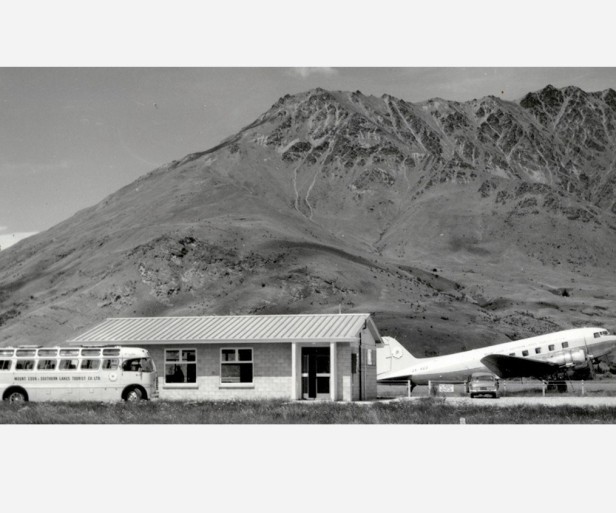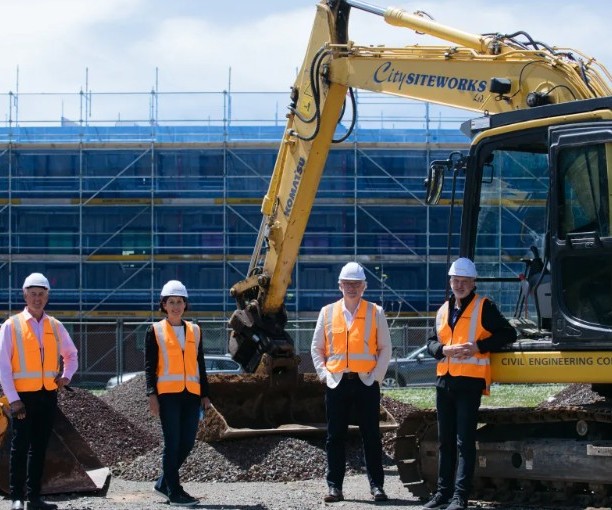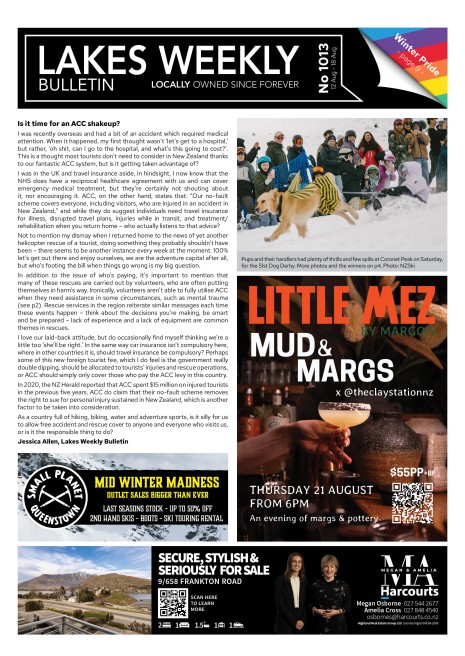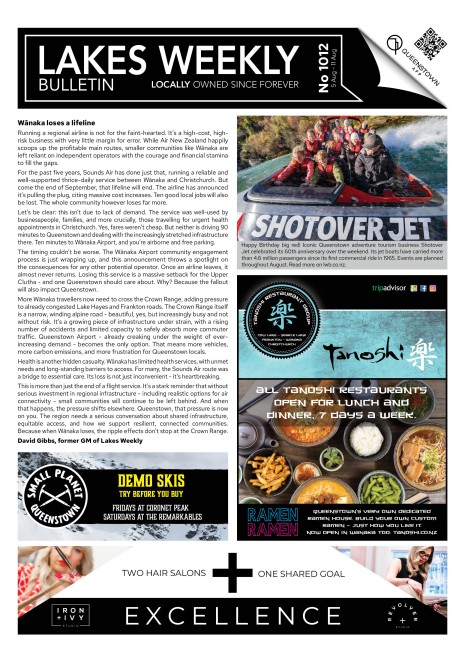Arrowtown breathing easier
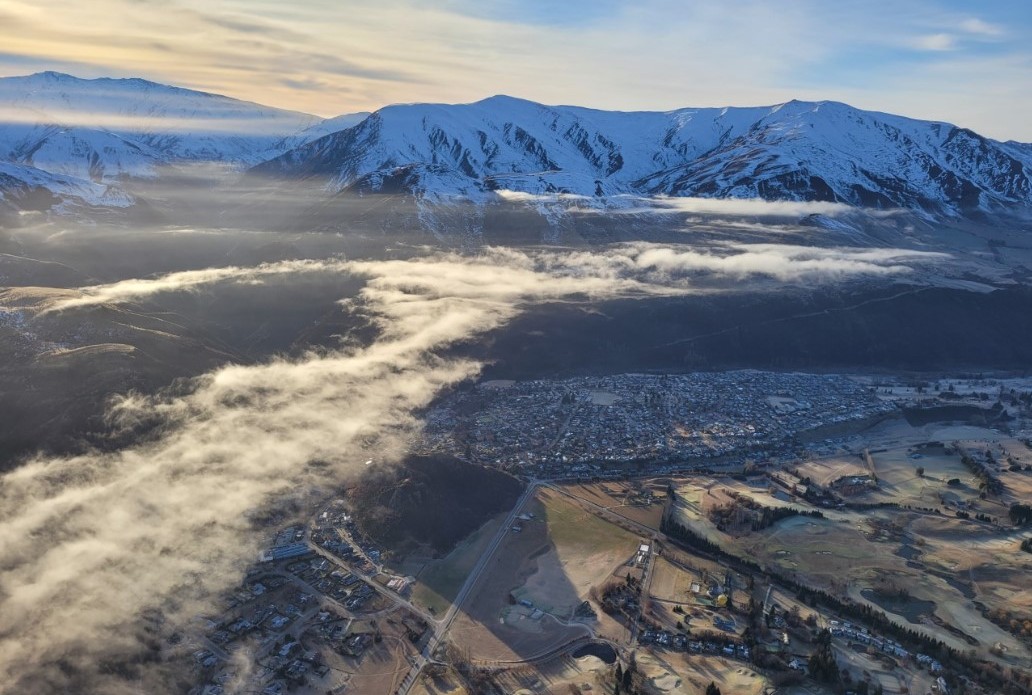
Air quality in Arrowtown and other locations around Otago appears to be improving, with monitoring stations reporting far fewer breaches of national standards.
There were 17 instances of poor air quality across Otago in calendar year 2022, according to the Otago Regional Council’s annual air quality report for calendar 2022, around half the number reported the previous year.
A dozen of the breaches were in Arrowtown, while there were four in Alexandra, one in Mosgiel and none in Dunedin Central, where the monitoring stations are located.
The equipment measures the amount of particles in the air, generally released as residents burn wood and coal to heat their homes.
They measure the amount of PM10 and PM2.5, particles of respectively less than 10 micrometres and fine particles of less than 2.5 micrometres.
The fewer PM10 particles, the better.
The national standard limit for PM10 is an average of 50 micrograms per cubic metre over 24 hours. The maximum recorded, over one 24hr period, was in Alexandra, at 89mcg, while Mosgiel hit 83mcg and Arrowtown hit 63mcg.
ORC’s team leader for its land department, Ben Mackey, says Otago has several towns where air quality is considered degraded during winter, namely Alexandra, Arrowtown, Clyde, Cromwell and Milton.
"Around Otago the main source of particulate matter is home heating emissions in winter,” he says.
"Recent research provides evidence that air pollution is dangerous at lower concentrations than previously thought, and supports the lowering of existing guidelines."
New standards are expected to be adopted soon.
From 2017 to 2021, the number of exceedances has steadily fallen from 57 to 31- the average for those five years being 37.8 exceedances.

The ORC will shortly again be running its Burn Dry Breath Easy programme this coming winter.
"While we monitor in particular areas, where air quality is degraded, everyone should be aware of what they are burning as it can have an impact," Mackey says.
Long term exposure to particulate matter can contribute to the risks of developing cardiovascular and respiratory conditions or exacerbating those conditions.
Mackey says ORC had implemented work programmes as part of its Air Quality Strategy 2018 to improve quality in targeted towns, which had led to the long-term reduction in PM10 concentrations in Alexandra, Arrowtown, Cromwell, Clyde and Milton.
Ultra-low emission burners [ULEB] are now effectively the only type of new wood burner allowed in Alexandra, Arrowtown, Clyde and Cromwell.
To be accredited, ULEB’s must pass emission tests under laboratory conditions requiring an emission rate of less than 0.7 g/kg and efficiency of more than 65%. However, there are questions about how these fires perform under ‘real life’ or day to day use in the home.
During winter 2022, ORC contracted a week-long testing and analysis of real-life emissions, using the burners of seven homes in Arrowtown. Participants were encouraged to burn their normal firewood and use the fire as they usually would. Testing involved installing a sensor in the flue, while participants documented the wood weight, type, restock timing, and fire control settings.
ULEB efficiency varied between the houses, but had an average efficiency of 2.05 g/kg which is comparable to similar studies undertaken in other South Island towns. The results will go toward informing the future emissions inventory studies of Otago airsheds.
The 2022 Air Quality SOE (State of the Environment) Report is on the ORC’s website in the agenda for the 26 April meeting, where it will be considered by Councillors.
It also features research ORC has conducted into Nitrogen Dioxide and Sulphur Dioxide emissions, mainly from transport, in Dunedin.


